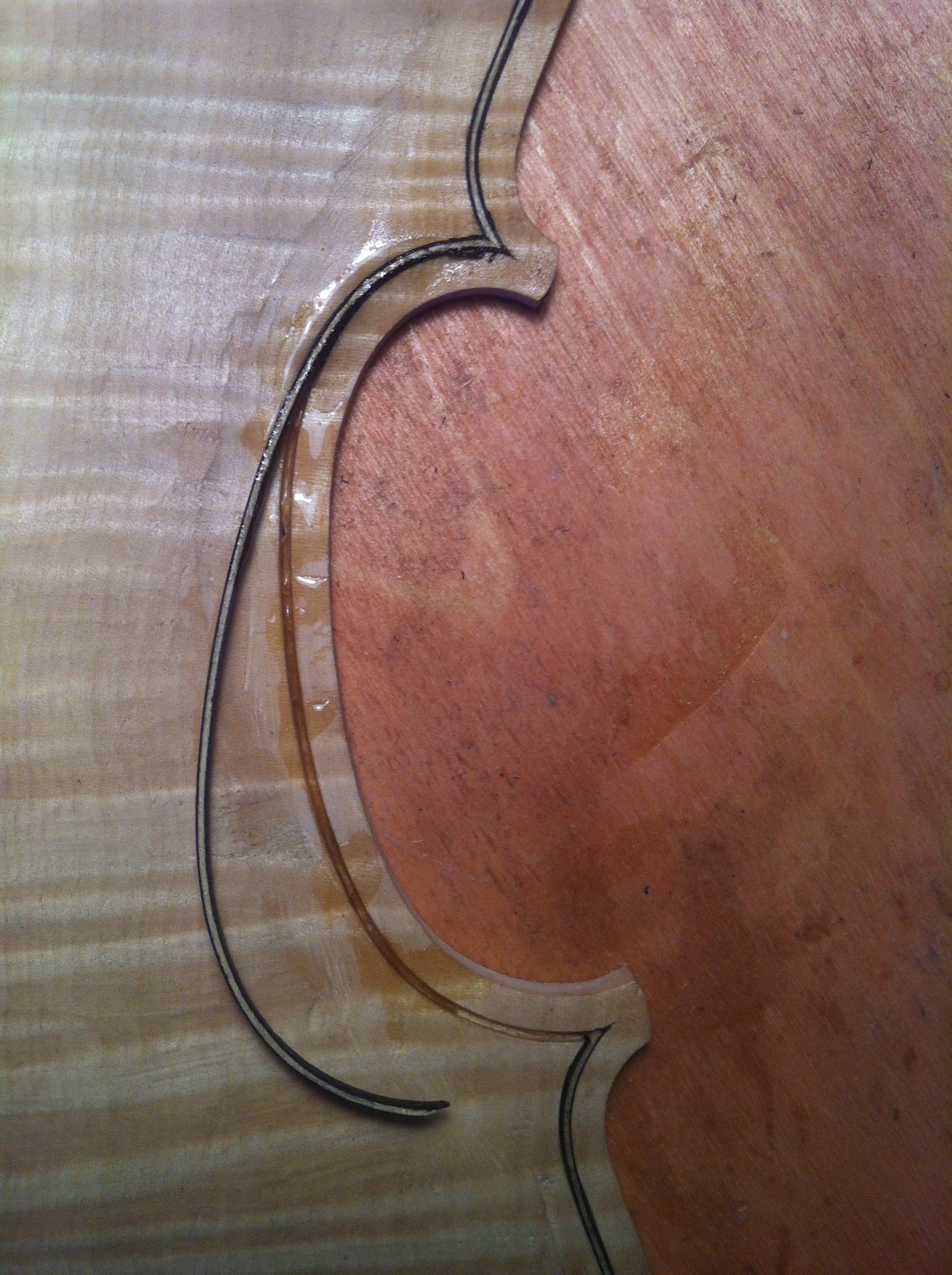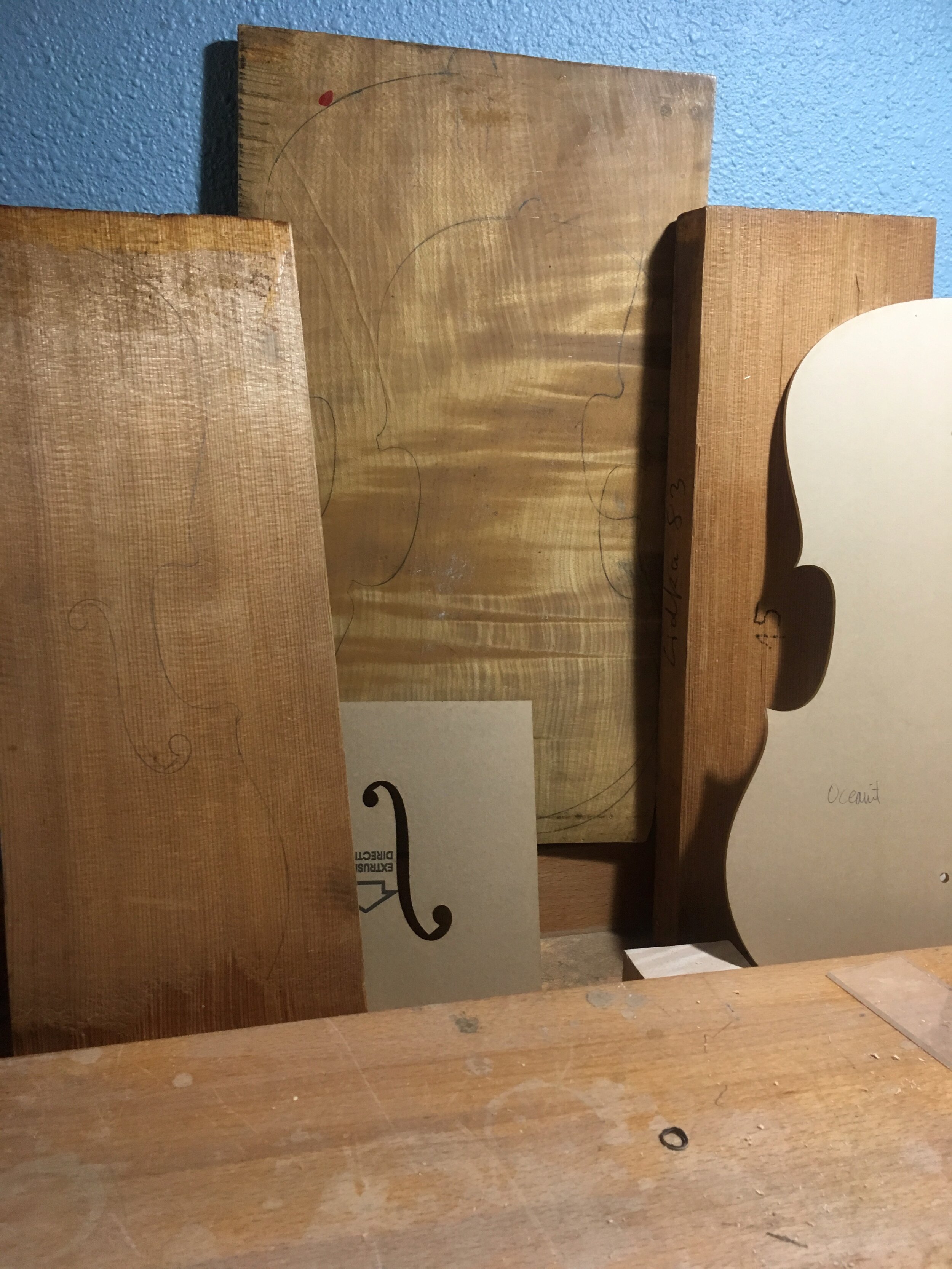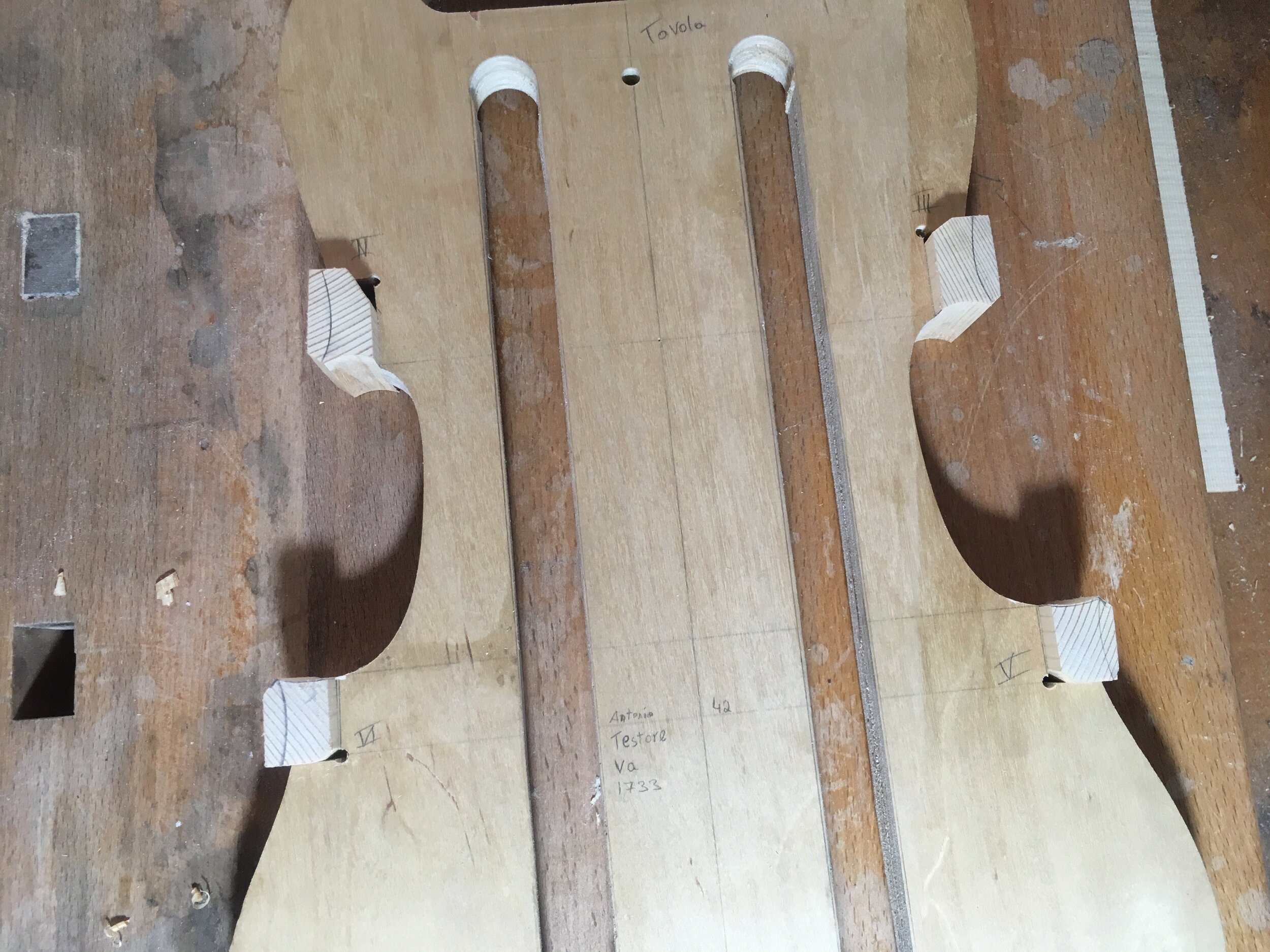Design Your Instrument
Every musician wants that special relationship with their instrument — one that produces the sound that they seek, with ease and comfort. The violin family may appear simple in design, but even the slightest modification can dramatically change the voice of an instrument. Over the centuries, this has generated an enormous range of sound quality that musicians and luthiers have worked to appreciate, understand, and harness.
Together, we will create the instrument and sound for you. It all starts with choosing the right model, wood, and dimensions. The conversation continues throughout construction, ensuring your relationship with the instrument from “cradle to quartet.”
Model
Choose the model. All of my models have their own acoustic and aesthetic features, are time-tested, and are adapted from those of the best historic makers: Stradivari, Guarneri, Amati, Gasparo da Salò, Testore, and many more.
Wood
Choose the wood. Explore the best pieces of my collection: red spruce from the “acoustic forest,” Italy’s Valle del Fiume, and maple from the Balkan Mountains — all naturally aged for the best acoustic and structural results.
“I have the good fortune to be the owner of this incredible instrument. The love that Yam put into the instrument comes through in every note — responsive, rich, clear, even across its whole range. It is everything I hoped it would be in our many months of conversation and collaboration. My fellow quartet mates are *thrilled* with my new sound!”




















